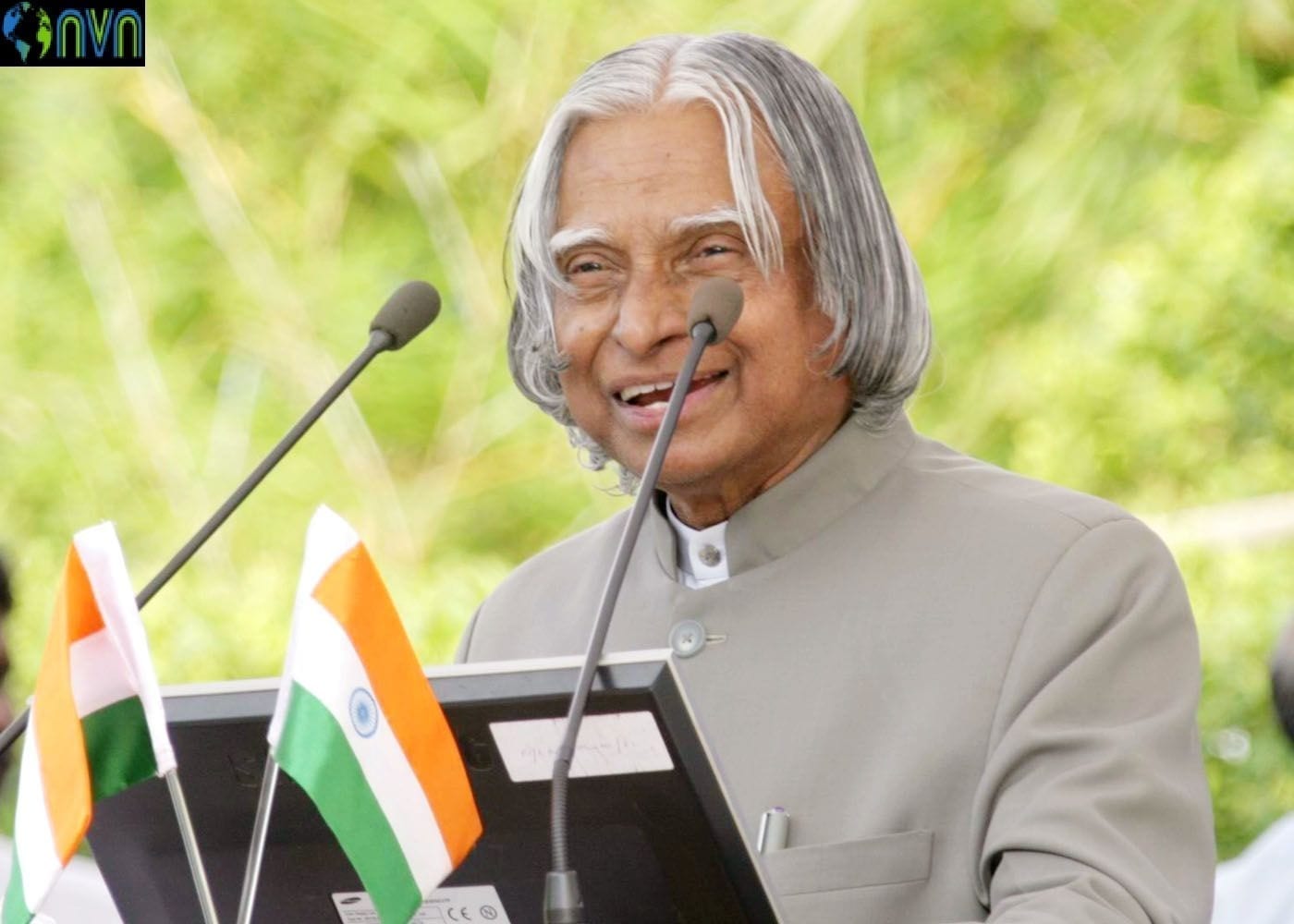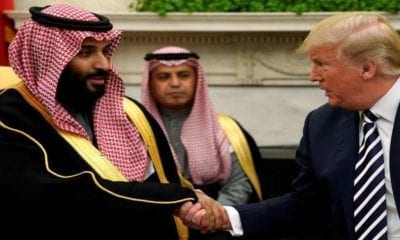India
India’s nuclear journey, a paradigm shift
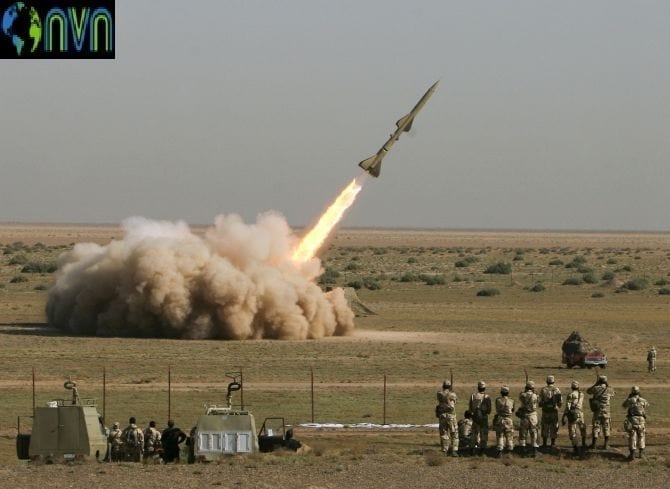
“In this world, fear has no place, only strength respects strength.” Cited by none other than the missile man of India Dr. APJ Abdul Kalam while foreseeing India’s ambition in arms and ammunition advancement. In today’s martial arsenal set up no nation is influential without nuclear know-how.
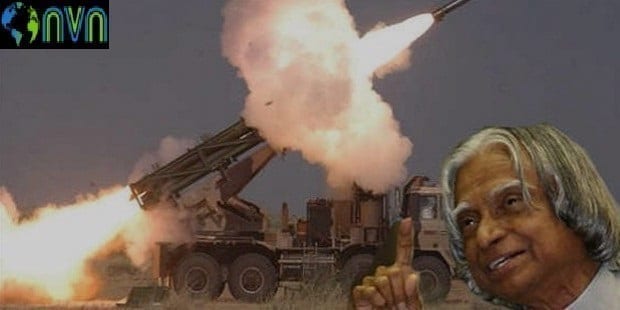
Missile Man of India: Dr. APJ Abdul Kalam
India’s nuclear expertise has a long history commenced in the pre-independence period in 1945. The father of India’s Nuclear energy was Mr. Homi Jhangir Bhabha the contemporary of Niels Bohr, James Franck, and Enrico Fermi and others. After completion of his Ph.D. from Cambridge with the aegis of TIFR (Tata Institute of Fundamental Research) and Support from the then Prime Minister of India, Jawaharlal Nehru had embarked on his nuclear Journey in India as it can be a reliable alternative energy source for development of Modern India. Bhabha then convinced Prime Minister Jawaharlal Nehru, who would go on to become a friend, to set up the Atomic Energy Commission in 1948, with him as its first director.
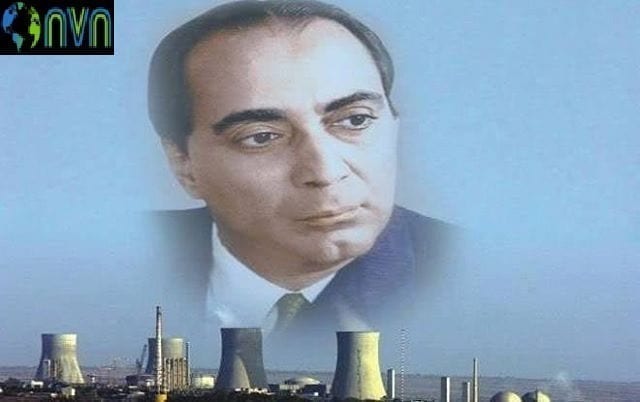
Father of India’s Nuclear energy, Mr. Homi Jhangir Bhabha
Six years later, the government set up the Department of Atomic Energy, with Bhabha as its secretary. To secure the energy needs of India, Dr. Homi Bhabha had conceptualized India’s three-stage nuclear power program by working around India’s limited uranium resources in the 1950s. Uranium exploration, production, and utilization are under the control of the Central Government. Only public sector companies under the Government of India are allowed to explore and mine atomic minerals viz. Uranium, Thorium, etc. Over the years, his friendship with Nehru and later Prime Minister Lal Bahadur Shastri helped give a fillip to the cause of nuclear research.
With little support from countries like Canada and USA India’s nuclear development was more civil rather than any military. But the situation could not be the same for India as China tested its first atomic bomb in 1964. With the defeat from China in 1962 war and the burgeoning clout of the dragon surmounting over India had no option left but brainstorm for the nuclear explosion in the immediate future. As domestic pressure grew on 27th November 1964, announced the authorization of subterranean nuclear test in Parliament.
Finally, the post-Indo-Pak war in 1971, India conducted a subterranean first nuclear test at Pokhran in 1974. This historic moment was known as Pokhran-I or a peaceful nuclear explosion(PNE). But there was a chink in India’s armory as the fact was it was a subterranean test where sub-critically was not achieved, India could not proclaim itself as a Nuclear Weapon State. This means India cannot develop nuclear bombes by simulation without any further tests.
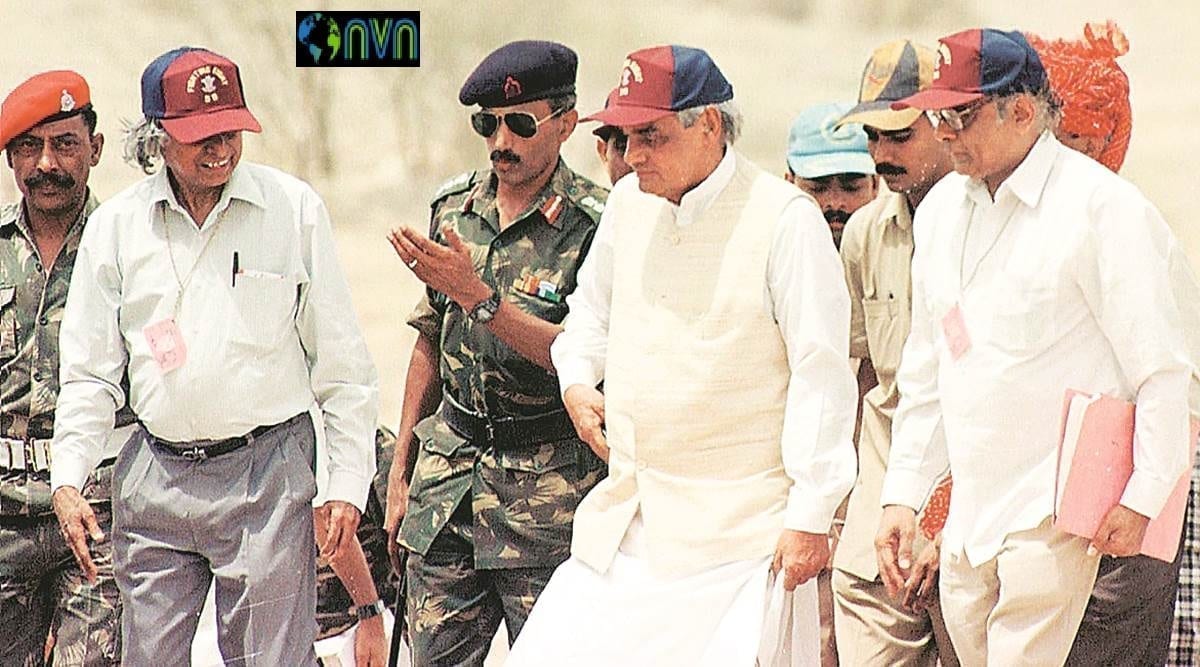
Pokharan
This test had created an imbalance in world nuclear weapon states as it mostly referred to superpowers. The Us and Canada suspended all support to India and Nuclear Suppliers Group was formed in 1975 to isolate India. The Nuclear Suppliers Group (NSG) is a transnational body comprised of nuclear supplier countries that aim to control the proliferation of nuclear weapons by curbing the export of nuclear weapons development materials and related technology. India was never a nation where it had an aggressive nuclear policy but was rather defensive as it had to safeguard its boundary with augmenting nuclear threats in the neighborhoods.
The period between 1974 to 1998 India could not take up subsequent progress in nuclear weaponization due to International sustained pressure for nuclear disarmament. There were instances where our former real executive heads had chalked out plan but ultimately they had to bow down to the international political policies for de–weaponization. Citing such situations when Prime Minister Rajiv Gandhi authorized weaponization of India’s nuclear capability in the late 1980s as a response to oblique nuclear threats issued by Pakistan in the wake of the 1986 to 1987 Brasstacks crisis. But at the same time, India had continued to support efforts for nuclear disarmament. In 1988, Prime Minister Rajiv Gandhi submitted an Action Plan for a Nuclear-Weapons-Free and Non-Violent World Order to the United Nations General Assembly. As negotiations on the CTBT(Comprehensive Test Ban Treaty) rapidly progressed in the early 1990s, India came to regard the CTBT as an instrument of nonproliferation that sought to freeze countries’ nuclear capabilities. This, along with the indefinite extension of the NPT(Nuclear Proliferation Treaty), reignited domestic political pressure to conduct further tests.

Treaty on the Non-Proliferation of Nuclear Weapons
In 1995, the Narasimha Rao government considered an accelerated program of nuclear tests but test preparations were detected by U.S. intelligence agencies, and the resultant U.S. diplomatic pressure convinced the Rao government to postpone the tests. The Comprehensive Nuclear-Test-Ban Treaty (CTBT) is the Treaty banning all nuclear test explosions anywhere in the world. The Treaty was negotiated at the Conference on Disarmament in Geneva in 1994 and adopted by the United Nations General Assembly. It was opened for signature in 1996. The Treat has been signed by 184 nations. Similarly, NPT was signed in 1968, the treaty entered into force in 1970, now has 190 member states. It requires countries to give up any present or future plans to build nuclear weapons in return for access to peaceful uses of nuclear energy. Three main objectives of the treaty are non-proliferation, disarmament, and the right to peacefully use nuclear technology.
Finally, the historic moment had come when the then Prime Minister Atal Bihari Vajpayee came to power in 1998, his government authorized two rounds of nuclear tests on 11 and 13 May 1998, after which India formally declared itself to be a nuclear-weapon state. Almost no one outside of India foresaw the test; however, geospatial analysis by Vipin Gupta and Frank Pabian had identified a likely site and timeframe for the test. India had reached its subcritical level by using simulation it can advance nuclear bombs without going for any subterranean tests. Now India has critically acclaimed the status of nuclear weapon states.
The path following to the glory was not rosy as India had to face upheaval task of sanctions and nuclear threats from the neighbors. India’s nuclear tests were trailed within a month by a similar set of tests by Pakistan, resulting in fears in the international community of an arms race or an escalation of conflict between the two openly declared nuclear powers in South Asia. The 1999 Kargil War and the 2001 to 2002 Twin Peaks Crisis heightened tensions between the two countries, although these conventional conflicts did not escalate to the nuclear level. The US government imposed sanctions on both India and Pakistan in response to their 1998 nuclear tests. After the 1998 tests, the Indian government established a National Security Advisory Board, which issued a Draft Report on Indian Nuclear Doctrine in 1999 that broadly outlined India’s nuclear no-first-use policy and defensive posture of “credible minimum nuclear deterrence.”
In January 2003, a Ministry of External Affairs press release maintained adherence to no-first-use, although with the condition that nuclear weapons could also be used in retaliation for a biological or chemical attack, or to protect Indian forces operating in Pakistan. In line with this posture, India does not keep its nuclear force at a heightened state of alert. The country’s nuclear weapons remain under the control of the civilian Nuclear Command Authority (NCA), comprising of a Political Council, chaired by the Prime Minister, and an Executive Council, led by the National Security Advisor.
A turning point in U.S.-India relations occurred when plans for negotiating a U.S.-India nuclear cooperation agreement were unveiled in July 2005 under the George W. Bush administration. This agreement, and the subsequent endorsement of India’s case by the Nuclear Suppliers Group (NSG), enabled India to engage in international nuclear trade. In return, India agreed to allow safeguards on a select number of its nuclear facilities that are classified as “civilian” in purpose. The remaining “military” facilities remained off-limits to international inspectors. The U.S. Congress passed the Hyde Act in January 2006 to exempt nuclear cooperation with India from provisions of the U.S. Atomic Energy Act, allowing for the adoption of a bilateral 123 nuclear cooperation agreement in August 2007. In September 2008, the NSG approved an exemption allowing the members of this export control regime to conduct nuclear trade with India.

Tarapur nuclear power plant
Finally, a safeguards agreement for select civilian nuclear facilities was concluded between India and the International Atomic Energy Agency (IAEA) in February 2009, after approval by the IAEA Board of Governors the previous year. In October 2009, India submitted a separation plan to put its civilian nuclear facilities under IAEA safeguards by 2014. In late July 2010, India and the United States signed a bilateral agreement allowing India to reprocess U.S.-obligated nuclear material at two new reprocessing facilities, to be constructed and placed under IAEA safeguards.
However, the nuclear power industry did not grow as expected because India’s liability laws regulating civilian nuclear power plants far exceeded the international standards for nuclear liability and held suppliers legally liable for any damages resulting from accidents. To address these concerns and give impetus to the nuclear power industry, India ratified the IAEA Convention on Supplementary Compensation for Nuclear Damage in 2016. By 2019, India had put a total of 26 reactors under IAEA safeguards. Enabled by the NSG waiver granted to it in 2008, India has signed nuclear cooperation agreements with Russia, United States, France, United Kingdom, South Korea, Canada, Argentina, Kazakhstan, Mongolia, Australia, Sri Lanka, Japan, Vietnam, Bangladesh, Czech Republic, and Namibia. Additionally, India continues to participate in international nuclear trade and has signed agreements with Canada, Kazakhstan, and Australia to supply uranium to fuel its civilian nuclear reactors. Negotiations are currently underway for concluding negotiations to construct six reactors in the Indian state of Andhra Pradesh by Westinghouse.
India was recently accepted as a member of three of the four major export control regimes. It was admitted as a member of the Missile Technology Control Regime (MTCR) in 2016, Wassenaar Arrangement in 2017, and Australia Group in 2018. India has been actively pursuing membership into the NSG and has received explicit support for its membership from many current NSG members including the United States, Russia, Switzerland, and Japan. In arguing for NSG membership, India has portrayed itself as a responsible nuclear power, pointing to its positive record on nonproliferation and consistent support for complete nuclear disarmament.
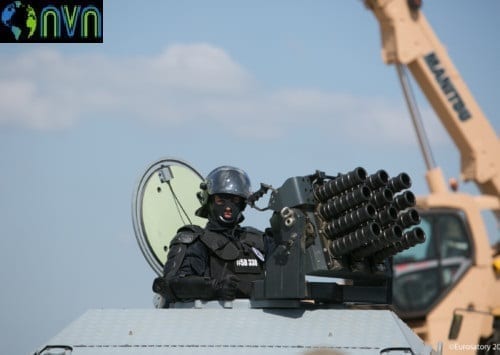
Missile Technology Control Regime
However, China does not support an explicit membership in the NSG for India but instead proposes a two-step approach: first would be to reach consensus on a non-discriminatory resolution that would apply to all non-NPT countries alike and then discuss individual membership applications by non-NPT countries. India argues that its membership should be considered under current rules because NSG is an export-control mechanism and not a nonproliferation one so the question of linking NSG membership to the NPT membership does not arise. Furthermore, India argues that there is a precedent for non-signatories of NPT joining the NSG when France became a founding member of the NSG in 1974 but did not accede to the NPT until 1992. India’s declared nuclear posture is of credible minimum deterrence and has successfully developed a strategic triad of nuclear delivery systems. India has not signed the CTBT, but maintains a unilateral moratorium on nuclear testing and supports negotiations for a Fissile Material Cut-off Treaty (FMCT) that is “universal, non-discriminatory, and internationally verifiable.”
The Indian mission to the United Nations has also submitted several draft recommendations on “reducing nuclear danger,” which include “steps to reduce the risks of unintentional and accidental use of nuclear weapons, including through de-alerting and de-targeting nuclear weapons.” At the same time, India has remained firmly outside of the NPT, arguing that “nuclear weapons are an integral part of our national security and will remain so pending the global elimination of all nuclear weapons.” India maintains its official commitment to no-first-use of nuclear weapons. However, as we can see a new India post first surgical strike in Pakistan Occupied Kashmir in September 2016 to avenge Uri garrison attack and it can be guessed during prepared remarks at the Pokhran nuclear test site in August 2019, defense Minister Mr. Rajnath Singh implied that India’s no first use policy would not be continued indefinitely.


